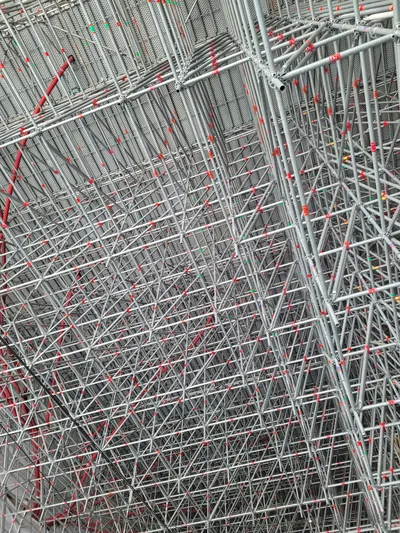Digital Tools for Collective Practices: A Pedagogical Approach to Art and Design Collaboration

As Europe emerges from lockdown and the successful vaccination campaign fills us with optimism for the future, the Ecole Supérieure d'Art et Design Saint-Etienne (ESADSE), in collaboration with the Estonian Academy of Art (EKA) and the Hochschule für Gestaltung Schwäbisch-Gmünd (HfG), its international partners, takes this opportunity to reflect on the past year and a half and contemplate the reinvention of art and design education in a post-Covid era. To address these crucial questions, the Digital Tools for Creative Collaboration project was initiated, co-funded by the Erasmus Program of the European Commission, with the Bureau of Design Associations (BEDA) as an associated partner.
Higher education institutions have demonstrated remarkable adaptability in response to the challenges posed by the pandemic crisis. We have successfully transitioned to remote teaching and administrative procedures. At ESADSE, courses, reports, and competitions have migrated to the digital realm. The 2019-2020 activity report highlighted our exemplary commitment. However, this transition came at a cost. It was executed swiftly, driven by the urgency of the situation, utilizing readily available digital tools. We trained ourselves on the go, often outside of working hours, without conducting a thorough reflection on the origins of these software, web apps, and applications.
In September 2021, as we returned to a semblance of "normal," we began reflecting on our experience, only to realize that it was far from over. Our first observation was that we couldn't yet fully grasp the impact of what had transpired. However, we collectively sensed that teaching had undergone a profound transformation, and we couldn't simply revert to the way things were before the crisis. The challenges we faced and the questions that arose had left an indelible mark. Our second observation was that while the tools we used allowed us to continue the semester and stay connected, they were not well-suited for artistic education and the unique types of interactions it requires.
During this time, we received an extraordinary call for projects from the Erasmus+ program, specifically targeting the challenges brought about by the health crisis and the periods of lockdown. The call was structured around two main thematic strands: "Preparing for digital education," aimed at strengthening education and training systems to effectively navigate the sudden shift to online and distance learning prompted by the Covid-19 crisis, and "Partnerships for Creativity," designed to provide support to the cultural and creative sectors, which have been particularly impacted by the health crisis.
In response to the call, Random() and the International Relations team of ESADSE in Saint-Etienne, France, collaborated to develop a European project focused on exploring digital tools for collaboration in art and design. Implementing a European project requires the involvement of multiple partners from different countries, with a minimum of three partners being a condition for participation in the program. DTCC has provided us with a valuable opportunity to collaborate with our international partners from EKA and HfG, who share our concerns and inquiries regarding art and design education.